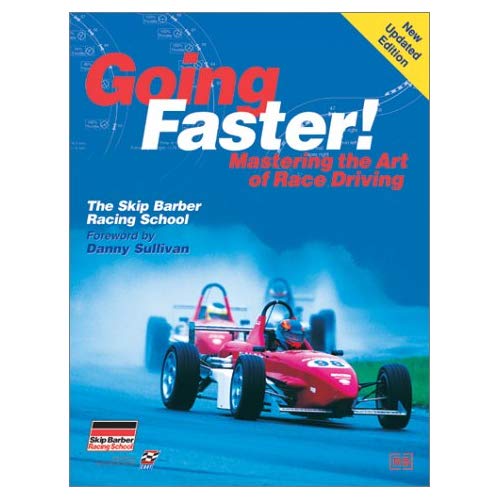- 758
- un_peacekeeper
What really surprised me in GT5was how easily cars will oversteer.
BMW Concept 1 with S2 tires will oversteer if you give it more than about 10% throttle in a corner, is this realistic?
Also when comparing N1 and R3 tires for example they feel almost the same, except for different levels of grip (N1 tires having worse rear tire versus front tire grip balance than R3's). Shouldn't R3 tires have quicker transient between grip and.. loss of grip as well?
N tires are normal (road legal) tires, and R tires are racing tires. Now, if you were the one desigining these racing tires, would you make them last as long as possible. And if you are making road tires, would you invest in stressed tire wear, or comfort?
They can't really be compared.


 But it happens, I'm just sad to report that there isn't too much you can do when it does.
But it happens, I'm just sad to report that there isn't too much you can do when it does.